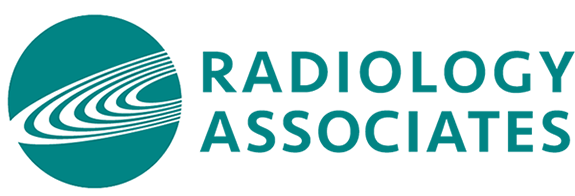CT
GENERAL OVERVIEW ABOUT THE EXAM
Computed Tomography, also called a CAT scan or CT, is a non-invasive medical test that uses a series of cross-sectional images to view a bodily organ, structure or system. The CT scanner consists of a table, which supports the patient, and a large ring that rotates 360 degrees around the area being studied, taking multiple images from every angle in just seconds. The images are sent to a computer screen to create a 3D composite that is sent to your doctor for review so that he or she can collaborate with your RA radiologist to form a diagnosis.
Quick Links & Info
Scheduling
For information about your appointment or to schedule a new one call (386) 274-6000.
Exam Preps
Be ready for your next appointment.
Our Providers
See a full listing of our providers and their bios.
CT IV Contrast Alert
Due to a national shortage of CT IV Contrast, you may receive a call from Radiology Associates to modify CT protocols.
We appreciate your assistance in this matter.
Types of CT
-
CT of the Body
-
Low Dose Lung Cancer Screening CT
-
CT Colonography
-
Small Bowel Imaging (CT Enterography)
What to Expect
Upon arrival, you may be asked to change from your regular clothes into a gown that has no metal zippers or snaps. A locker will be provided for your clothes.
If your medical provider has ordered an exam with intravenous contrast, an IV (intravenous) line will be placed in your arm. If an abdomen and/or pelvis CT has been ordered, you also may have to drink oral contrast material depending on the clinical indication. Oral and intravenous contrast can be extremely helpful (and sometimes mandatory) to appropriately diagnose or exclude certain medical conditions. RA’s care team reviews all orders to ensure that you receive contrast agents only when necessary.
During your CT examination, you will lie on a table that will slide through an open circular or donut-shaped structure. For many exams, you will be asked to hold your breath during image acquisition. Once acquired, the image data will be reconstructed by the computers and the final exam will be reviewed by one of our radiologists. A detailed report will be sent to your health care provider.
For Small Bowel CT Imaging:
The exam will be performed on one of our multi-detector CT scanners following a few special steps to prepare the small bowel. You will be asked to have nothing by mouth (NPO) for at least 4 hours prior to the exam. This ensures that any ingested food material is not confused for an abnormality. You will also need to arrive at our imaging center about one hour prior to the examination time in order to drink a special oral contrast agent to distend the small bowel. Once these steps are complete, you will be placed on the CT scanner and images will be obtained rapidly following the injection of contrast material.
ACR Accredited in CT
Our facilities have been accredited by the American College of Radiology (ACR) for accuracy, safety and best practice standards in Computed Tomography (CT). For a complete listing of our accreditations per imaging center, please visit our Contact page.








